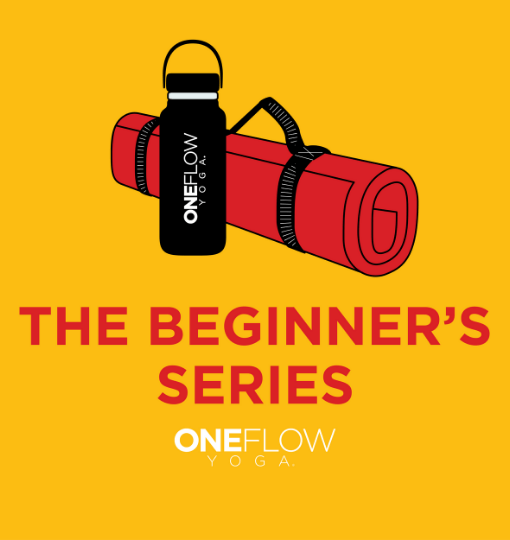During the time of COVID, more teacher trainings are moving online, and specifically, teaching online recorded teacher training.
This brings up questions.
Is online yoga teacher training worth it?
Underlying that question is, “Does online yoga teacher training work?”
Which brings up the bigger question of the effectiveness of online education in general.
And it’s a doggone big deal, as a friend used to say because it is the same question we face globally as we try to educate our children.
I’ll save you some time and give you the answer if it’s worth it. It depends.
If you’ve practiced yoga for a spell, you know that was probably coming.
Yes, online teacher training online can be effective and worth it. But often it is not.
Online Yoga Teacher Training Live vs Recorded
It depends on if the teaching training is delivered live online or via recorded videos.
Here is a learning expert’s take on it, Dr. Stephen Kosslyn, former Harvard Dean of Social Sciences and Stanford director of the Center for Advanced Study in Behavioral Sciences.
The literature is crystal clear in showing that students learn best when they have to use the material, not simply sit passively and hear it described.
Passivity is why a lot of online education falls down.
That seems intuitive.
Something passive is not asking much of the student.
And lectures are the number one passive method.
If we take the next step, the question is, “What is the most popular teaching method online, including online yoga teacher training.”
Without looking at your notes, you knew it was going to be lectures.
This isn’t unique to yoga.
When the world transitioned to teaching, online speed was critical. To meet the demand, a lot of teachers adopted a lecture-style format.
Or they streamed what they were already teaching—lectures.
This isn’t a knock on educators. My mother taught high school for over forty years, so teachers are near and dear to my heart.
However, as a society, we haven’t always given educators the tools and funds they need to get their work done.
To make matters worse, the recorded lecture is one step removed. It’s even more passive. Rather than having access to a live teacher in real-time, you are merely watching an early version of them.

It’s the equivalent of watching a video of paint dry.
Does that mean there is never a place for recorded classes? Absolutely not.
Online recordings can be highly effective in content delivery, such as going over the fundamentals of anatomy or teaching the steps of a math problem. Recorded can be invaluable for shorter form programs and workshops.
If you want the easiest way to reach a lot of people quickly, then recording may be your go-to.
But recorded video is no substitute for live instruction when you are training yoga teachers.
The Yoga Alliance, which acts as a trade group for many yoga schools and is a standard many look for when hiring yoga teachers, recently gave a temporary exemption for online education in response to the current pandemic.
Before this, it did not allow online learning.
This changed this year with the adoption of new 200 hour standards that are rolling out right now.
Under the new standards, forty hours of online education is allowed, but only for anatomy and philosophy.
This exemption was pivotal in yoga. I can tell because my inbox is full of messages from programs that are newly “Yoga Alliance Approved.” You’ve probably seen the ads on your insta. These programs were out there training teachers before, they just couldn’t be approved by the Yoga Alliance.
In its decision to allow online education to count for yoga teacher training, The Yoga Alliance talked about it being controversial.
We have received considerable community feedback about this unusual action. This includes responses in favor of and in gratitude for reacting flexibly in light of unprecedented challenges to your ability to continue sharing yoga’s teachings, as well as some concerns about potential impacts this exemption may have on the integrity of RYS standards and trainees’ experience and learning.
What’s at stake here for the Yoga Alliance is relevancy. The change in 200 hour standards is to add rigor to programs and to “support our members as experts as professionals.”
You can see why they’d be dismayed if their first action is to lessen the requirements to teach yoga.
Side note, Harvard Medical School is teaching online classes for first-year students this fall. And the Harvard Administration said in an email:
We are confident that we can uphold the excellence that is the signature of a Harvard education. We are also committed to assisting our teaching faculty in designing online courses that meet these high standards and in supporting technologies that bolster our teaching and learning initiatives.
We expect this of the Ivy League.
The Yoga Alliance online exemption is in place through the end of 2020.
Besides being ineffective, recorded offerings have another challenge—most are never completed.
We know this from the experience of MOOCs, Massive Open Online Courses. Despite the fact many of these classes are from some of the top universities in the world and are often free, the completion rate is abysmal.
In 2017 the completion rate was only 3.13 percent, which was down from 4 percent in the previous 2 years.
When you delve into why MOOCs have struggled, you learn that it’s a combination of things, including people only watch the parts of a course that they value.
Which is a bit of a problem in yoga education. You really do need to know anatomy, pranayama, philosophy and how to teach.
Some would argue that half of the people who take yoga teacher training do so for their own enrichment. Hey, that’s me.
However, teaching is the tool we use for personal enrichment. Standing in front of a group, and confidently leading it, changes the way you stand in the world.
From the science of skill-development, we know that to teach well, you need feedback from an experienced teacher.
The trainees that sit and interactive in a teacher training group today are the same people leading those groups tomorrow. How they show up and what they focus on is essential. And a skilled teacher can help guide them, so they are prepared to lead with courage and kindness.
For online yoga teacher training to be worth it, you have to change how it is taught.
Here I can only speak for my experience as a lead teacher. We are applying the science of learning to make the program even more engaging and interactive than before.
We have had to rethink the purpose of our class time. Additionally, our new online format will ask more of students.
Students will have to be more prepared—having done the reading and homework to give them the basis for class participation. Inside the online environment, active learning will be taking place as students drive the discussion.
We’re going old-school here because this is part of the yoga tradition—students driving the conversation with a teacher serving as a guide.
Put simply, the student asks to look over there, and the teacher shows them what’s there. The student then examines, reflects, and decides on how to best use that information.
The teacher provides enough background and context that the student can figure out where they need to look.
And the teacher provides exercises in addition to the conversation to check for understanding.
And that’s the most significant benefit of live programs. If you don’t understand the subject matter, a skilled teacher will respond and make an on-the-fly change. They may offer repetition, or add in another activity, or offer a different explanation to help you learn.
This is the exact same thing we do as yoga teachers.



